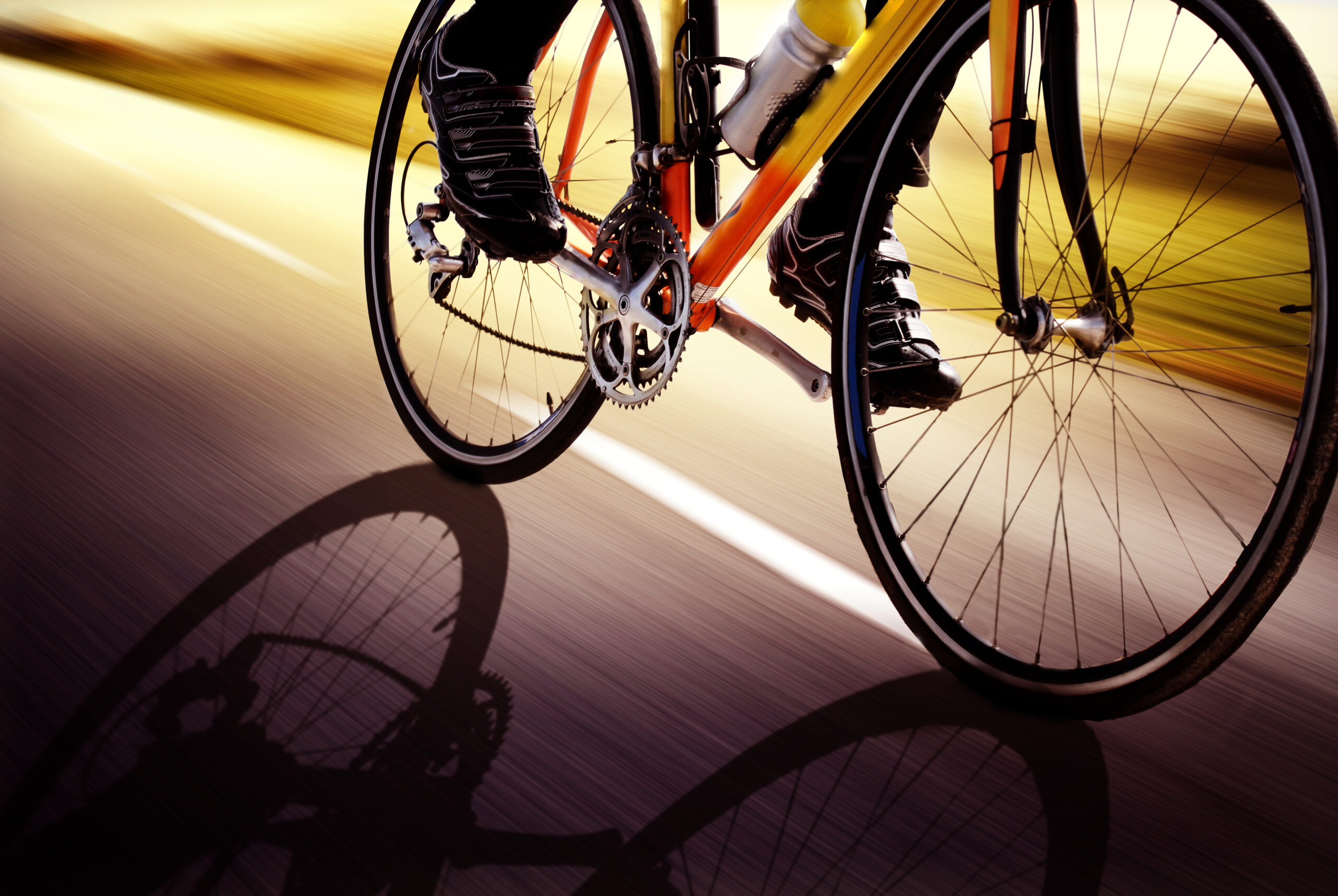Italy Sport & Adventure
Wheels of fortune on a Butterfield & Robinson Puglia Biking trip

Cycling through Puglia’s country roads and vineyards, Maddy Gerrard discovers the advantages of seeing Italy’s food and wine regions on two wheels.
“One more push – you’re doing great!” urges my partner. My limbs are burning, a small sacrifice for the euphoria I feel reaching the top and speeding downhill past carpeted fields of wildflowers and knotted olive trees, the warm salty air in my hair.
It’s day one of a six-day cycling tour of Puglia with adventure tour company Butterfield & Robinson. The heel of Italy’s “boot”, Puglia boasts 800 kilometres of shimmering coastline, a proliferation of olive trees plus fresh seafood, barrels of red wine and glorious burrata cheese. With 13 others we’re biking Puglia’s back roads. Starting in Brindisi, we’ll log 40-100 kilometres a day, weaving through sleepy seaside towns before venturing inland to whitewashed hilltop villages and the historic cities of Lecce and Alberobello.
On the turquoise waters of the Adriatic Sea, Otranto, our first stop, was once an important Roman trading port, a gateway to the East. For us, it is a gateway to Pugliese cuisine as we are soon devouring plates of antipasti, ribbons of marinated zucchini, lightly fried cuttlefish and aubergine fritters, followed by plates of orecchiette pasta and seafood risotto.
After lunch, some peel off to the hotel, while we ride along the coastal road, past crumbling masserie (fortified farmhouses) devoured by vegetation and majestic in their disrepair. Many have been turned into inns and restaurants, including our hotel for the next two nights – the quietly luxurious Masseria Montelauro. Over a private dinner in the hauntingly beautiful 12th-century Casamassella Castle, we’re serenaded with local Griko music.
A chance for the pros to flex their riding muscles, Day 2 is a 100-kilometre ride along the coast to Santa Maria di Leuca, Italy’s easternmost point. I discover the headwind is stronger than my will to succeed so settle for a shorter ride – and a longer lunch. Our guides Alessio and Luca are with us every step of the way. Either on a bike or manning the support van, they show up before every energy slump or ill-chosen direction decision. I realise why so many on the trip are B&R regulars. That night, local Anna-Maria and her daughter Elisa conduct a pasta-making class. Nothing is measured or weighed, done simply by taste and feel.
On Day 3, we head inland 53 kilometres to Lecce, the ‘Florence of the South’. This otherworldly city of 100,000 people and dozens of churches had its Golden Age in the 16th and 17th centuries when it was transformed into a Baroque masterpiece, the most exquisite example being the Basilica di Santa Croce.
Staying at the Risorgimento Resort near the main square and an ancient Roman amphitheatre, we explore the maze of streets on foot, winding up at Corte dei Pandolfi restaurant and wine bar. Puglia produces more wine than any other region in Italy and restaurant owner Michele is fiercely supportive of local vintages. He stocks wines from small farms, many of which have never been bottled. We fall for the Negroamaro, a robust red typical of the area.
After such a night, Day 4 begins slowly as we head up to the city of Ostuni, which spreads across three hills. Amidst its tangle of whitewashed streets we could be in Greece. We gather in the main square over antipasti platters, sipping macchiatos before tackling the 5-kilometre climb to lunch at Villa Massari.
Surrounded by a purple haze of wisteria and shrouded in ivy, the villa is not normally open to the public. However, Paola, our host, opens up (and shows off an amazing array of horse carriages) especially for B&R. A working farm in the 1700s, Villa Massari grows vegetables and produces its own cheese, olive oil, pasta and bread. We pile our plates with freshly made bruschetta, oozing burrata cheese, cured meats and olives, all topped with olive oil and mopped up with homemade bread.
It’s a 36-kilometre ride to Masseria Torre Maizza, our hotel for the last two nights. Among olive groves with a pool, rooftop bar, spa, golf course and beach club, it is a seductive environment, and some choose to relax on the sun loungers by the pool. But what a ride they miss.
Just when I think we’ve seen all the faces of Puglia, conical-roofed trulli appear in the countryside around Alberobello, a UNESCO World Heritage site. Made of local limestone, without mortar, these iconic peasant dwellings were originally built as “temporary” houses, to be demolished quickly if it became necessary to evict the tenants (and avoid paying tax). Parking our bikes, we clamber up the cobblestones to see thousands of ice-cream cone rooftops scaling the hillside.
Back at the hotel, having dismounted for the final time, I am achingly satisfied with my week’s efforts. Feeling fit and invigorated, I decide cycling must be the most rewarding way to see Italy. The mix of fresh air, exercise, decadent meals and breathtaking countryside is unbeatable.
Latest Articles
Don't miss the latest from Luxury Travel
